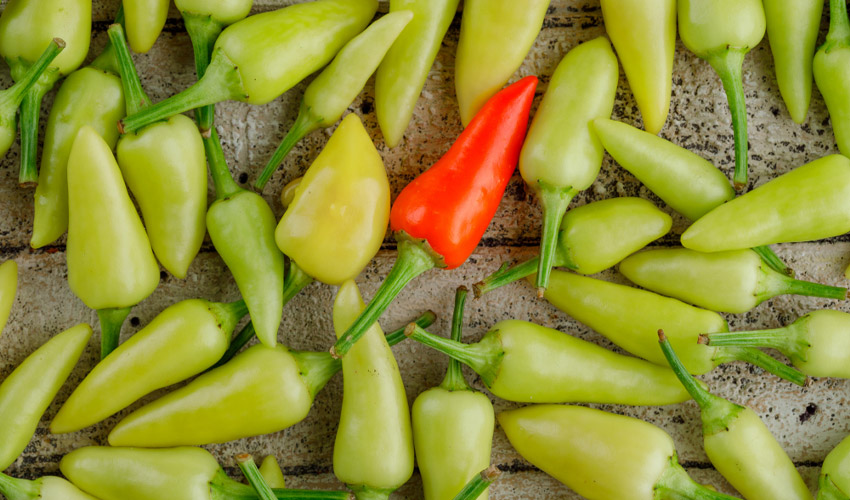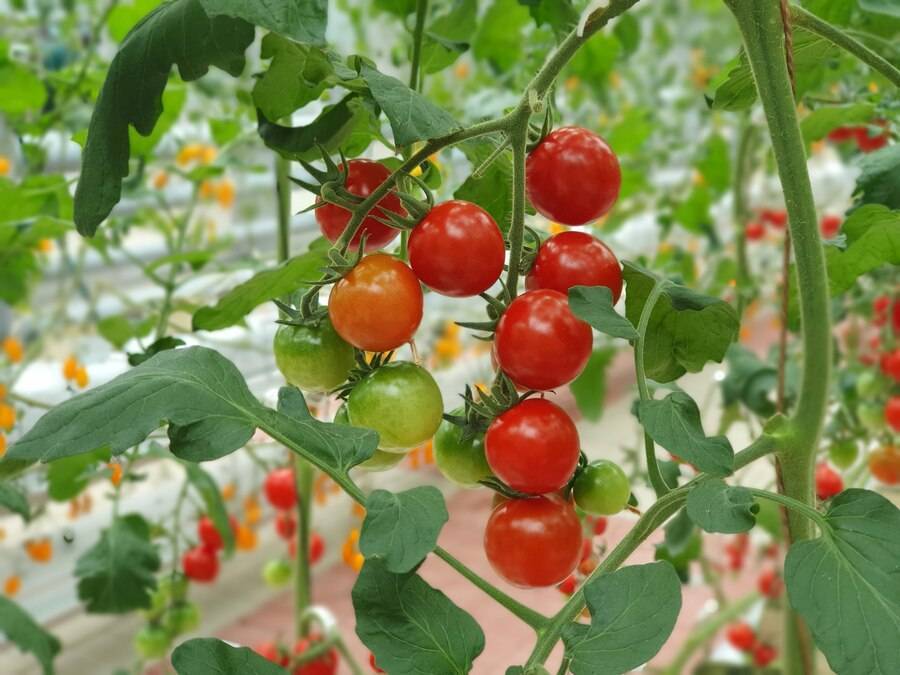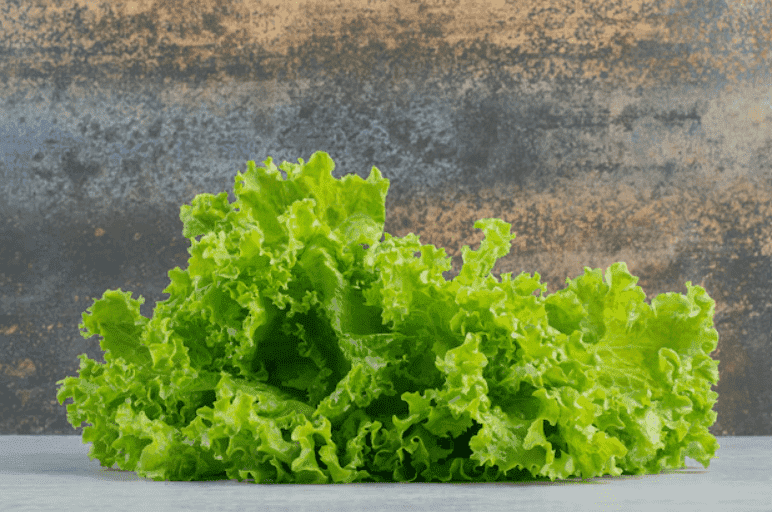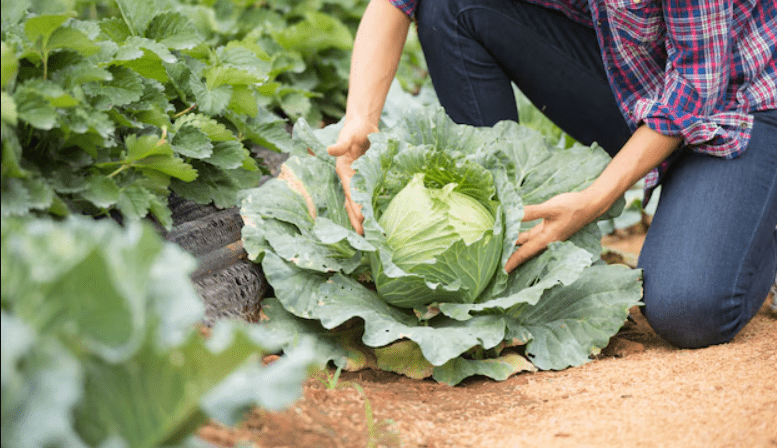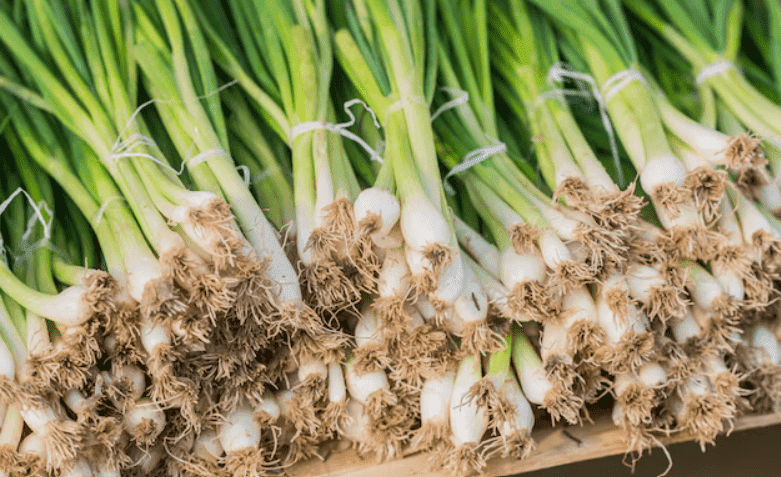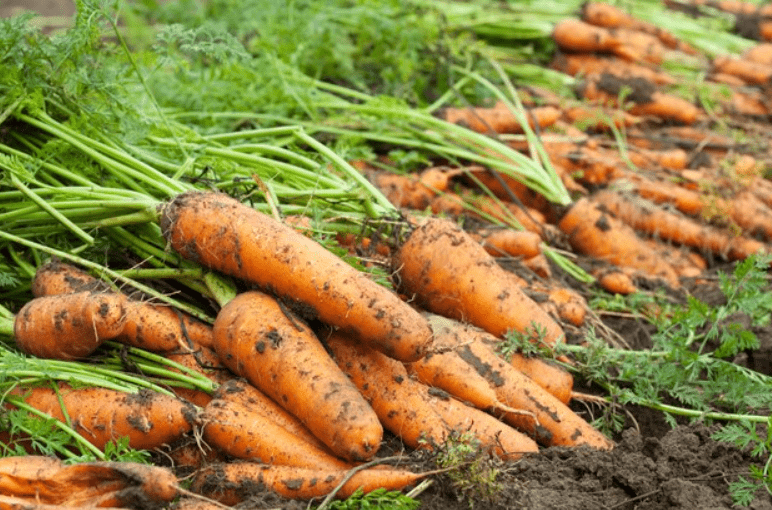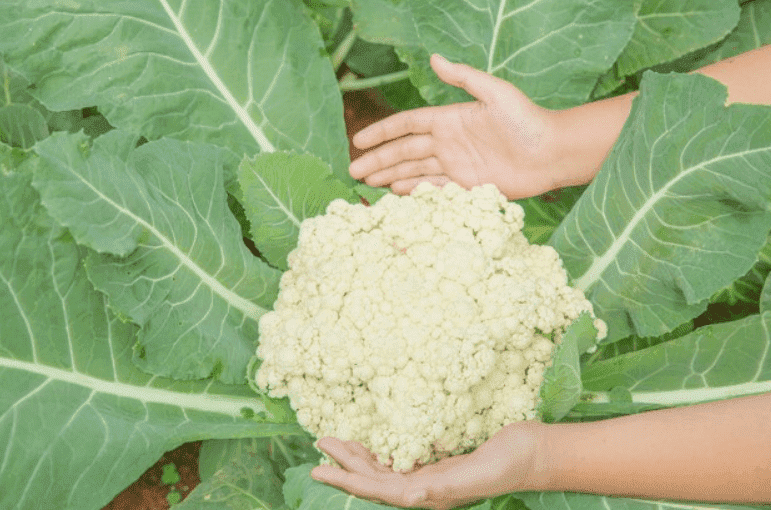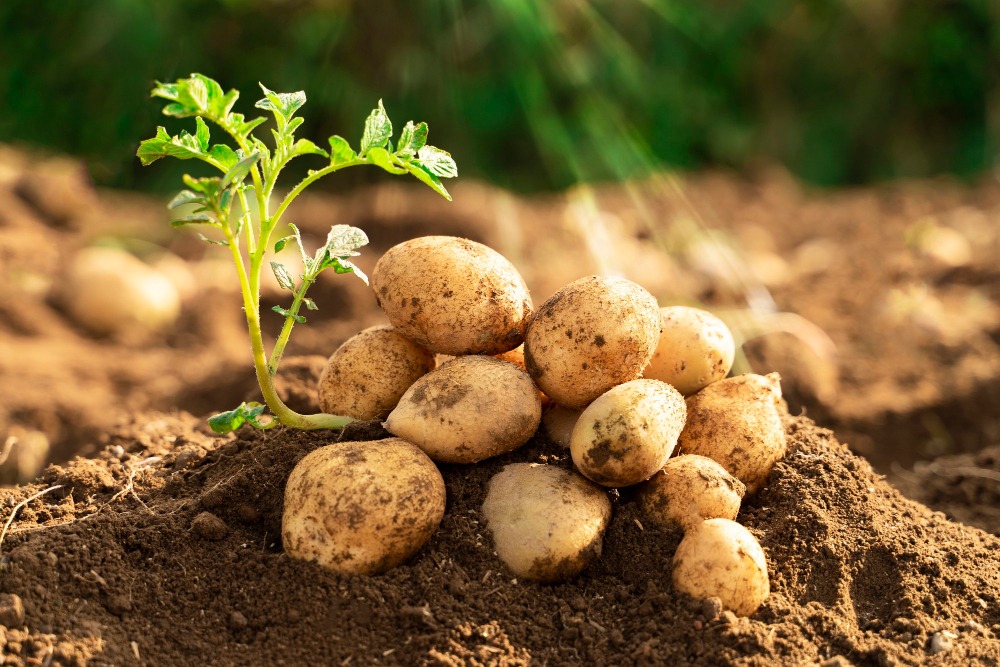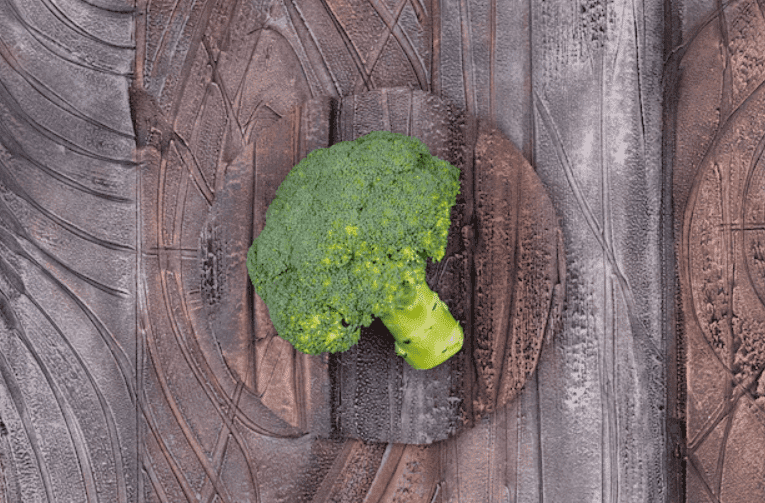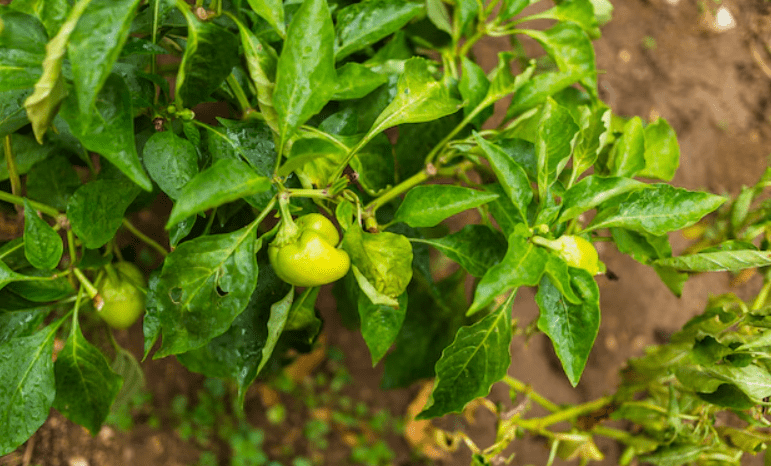If you love Mexican or Tex-Mex dishes, chances are you’ve come across jalapeno peppers—whether sliced fresh, pickled, or sprinkled on top as a spicy garnish. These little peppers have gained worldwide popularity and are now a staple in most supermarkets. Still, nothing compares to the crisp, bold flavor of peppers grown right in your own garden.
For many new gardeners, jalapenos are at the top of the planting list—and for good reason. The plants are visually appealing, compact enough to fit in small spaces, and mature more quickly than larger varieties, such as bell peppers. A single plant can produce an impressive number of pods, and it’s forgiving when it comes to minor watering mistakes. Additionally, watching the peppers shift colors as they ripen adds a rewarding touch to the growing process.
Table of Contents
ToggleIs a Jalapeno a Fruit?
It might be the last thing you’d picture in a fruit salad, but yes—jalapenos are technically classified as fruits. From a botanical standpoint, any fleshy part of a plant that develops from a flower and carries seeds falls into the fruit category, and peppers check all those boxes. Jalapenos grow from the blossoms of the pepper plant and hold seeds tucked inside the pith.
For gardeners, remembering that peppers are fruits is important because fruiting plants typically thrive under similar care requirements. With that in mind, let’s explore the ideal growing conditions for jalapeno plants.
How Hot Are Jalapenos?
On the Scoville scale, jalapeno peppers typically range between 2,500 and 8,000 Scoville Heat Units (SHU). That puts them in the same heat category as Fresno peppers (2,500–10,000 SHU) and noticeably spicier than poblano peppers (1,000–1,500 SHU) or bell peppers, which have no heat at all (0 SHU).
While jalapenos bring a noticeable kick, they’re still considered mild compared to many other chilies. Serrano peppers pack more punch at 10,000–23,000 SHU, cayenne ranges from 30,000–50,000 SHU, habaneros fall between 100,000–350,000 SHU, and the infamous ghost pepper tops the chart with an intense 855,000–1,041,427 SHU.
How to Plant a Jalapeno
Give your plants the right start by following these simple Jalapeno pepper care tips:
- Choose the right soil. Jalapenos grow best in loose, loamy soil that has a slightly acidic to neutral pH.
- Plant outdoors in spring. Directly sow seeds or transplant seedlings once the soil warms to at least 65°F. Wait until all risk of frost has gone, since cold soil will prevent germination.
- Start seeds indoors. If you’d like an early harvest, begin seeds indoors in a shallow tray placed in a warm, sunny location. A heating mat can speed up sprouting before you move them outdoors in spring.
- Provide plenty of sunlight. Jalapenos need full sun to thrive. Indoors, add grow lights to support seedlings and keep them strong.
- Give them space. Set plants about 14–16 inches apart to allow their roots sufficient room to expand. Cover seeds lightly with a thin coating of soil, about ¼ inch deep.
- Maintain consistent moisture. Keep the soil damp, but avoid overwatering since soggy roots can lead to drooping or disease.
How to Grow and Care for Jalapeno
Keep your jalapeno plants thriving with these essential care tips:
- Use mulch for healthier growth. Spreading a layer of mulch or organic matter around the base of your plants helps lock in moisture, improve soil fertility, and support steady growth.
- Water wisely. Jalapenos prefer soil that stays slightly damp, but too much water can cause root rot. Check the top inch of soil—if it feels dry, it’s time to water.
- Keep an eye out for pests. Aphids, cucumber beetles, and pepper hornworms are frequent threats to pepper plants. Encourage beneficial insects like ladybugs, and pull weeds regularly. If pests appear, knock them off with a firm spray of water or treat with an organic option, such as neem oil.
How to Harvest Jalapeno
Jalapeno peppers are usually ready to pick about four to six months after planting. Here’s how to know when and how to harvest them:
- Check for ripeness. Look for glossy peppers that measure around 4–6 inches long. Most gardeners harvest jalapenos when they’re firm and dark green, though you can leave them on the plant until they turn red for a sweeter, slightly smokier flavor.
- Cut, don’t pull. Use clean and sharp pruning scissors to clip the peppers from the plant and leave a small piece of stem attached. This prevents damage to both the pepper and the plant.
- Store them properly. Fresh jalapenos can be stored at room temperature for up to three days or kept in the refrigerator for about a week. For long-term storage, consider freezing or pickling them to preserve their flavor for months.

